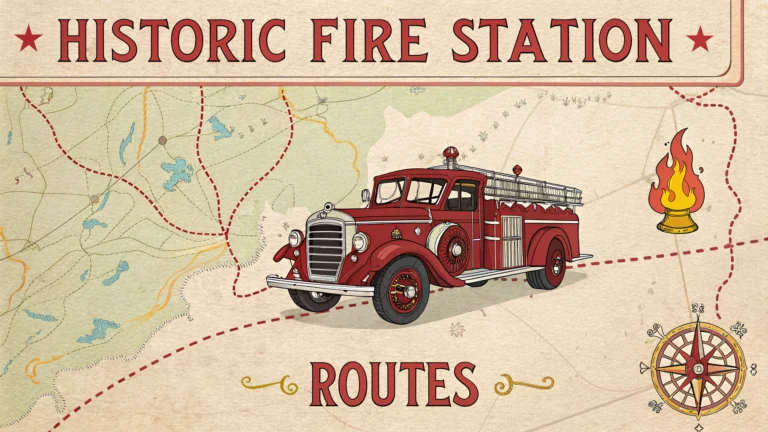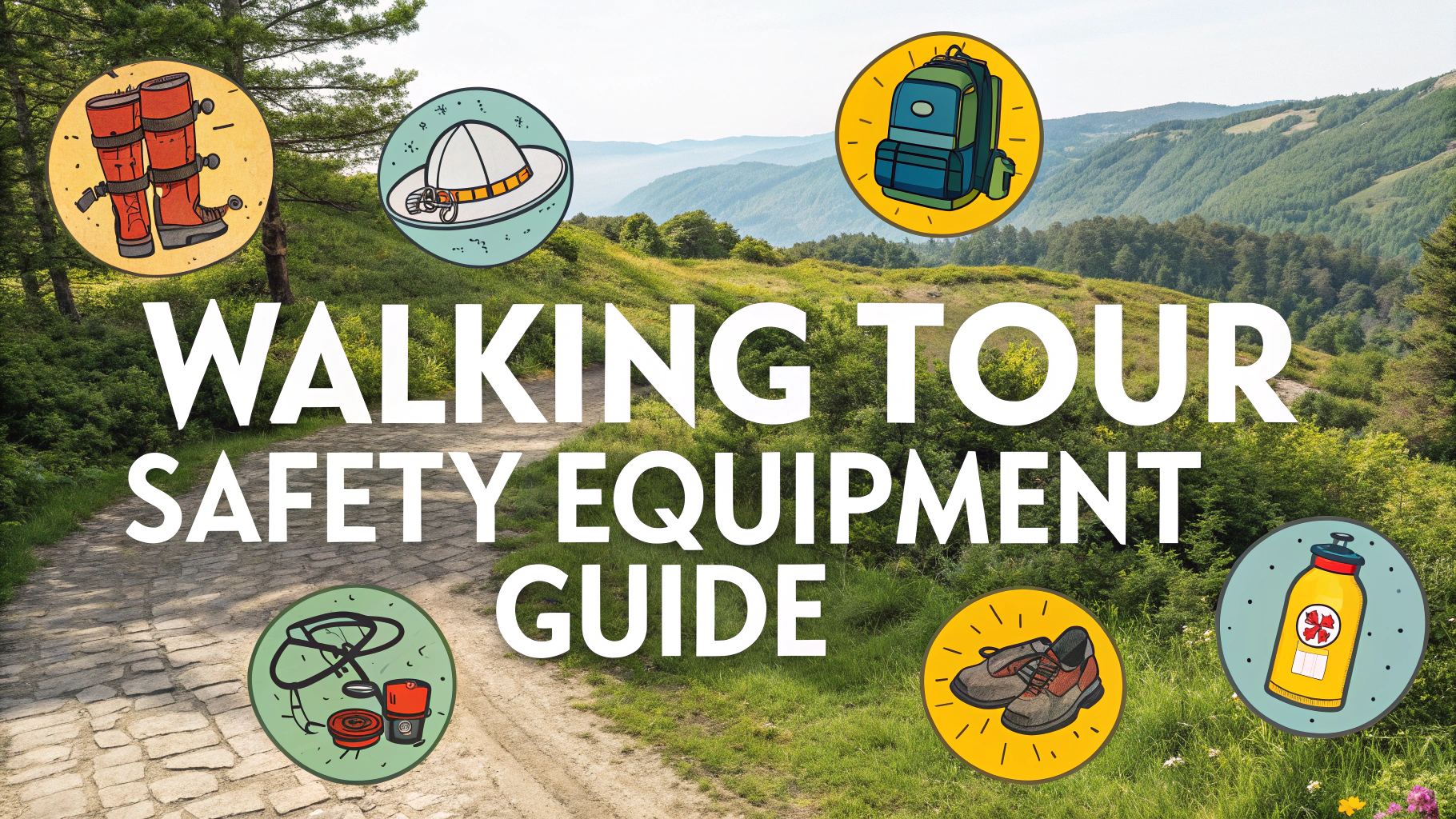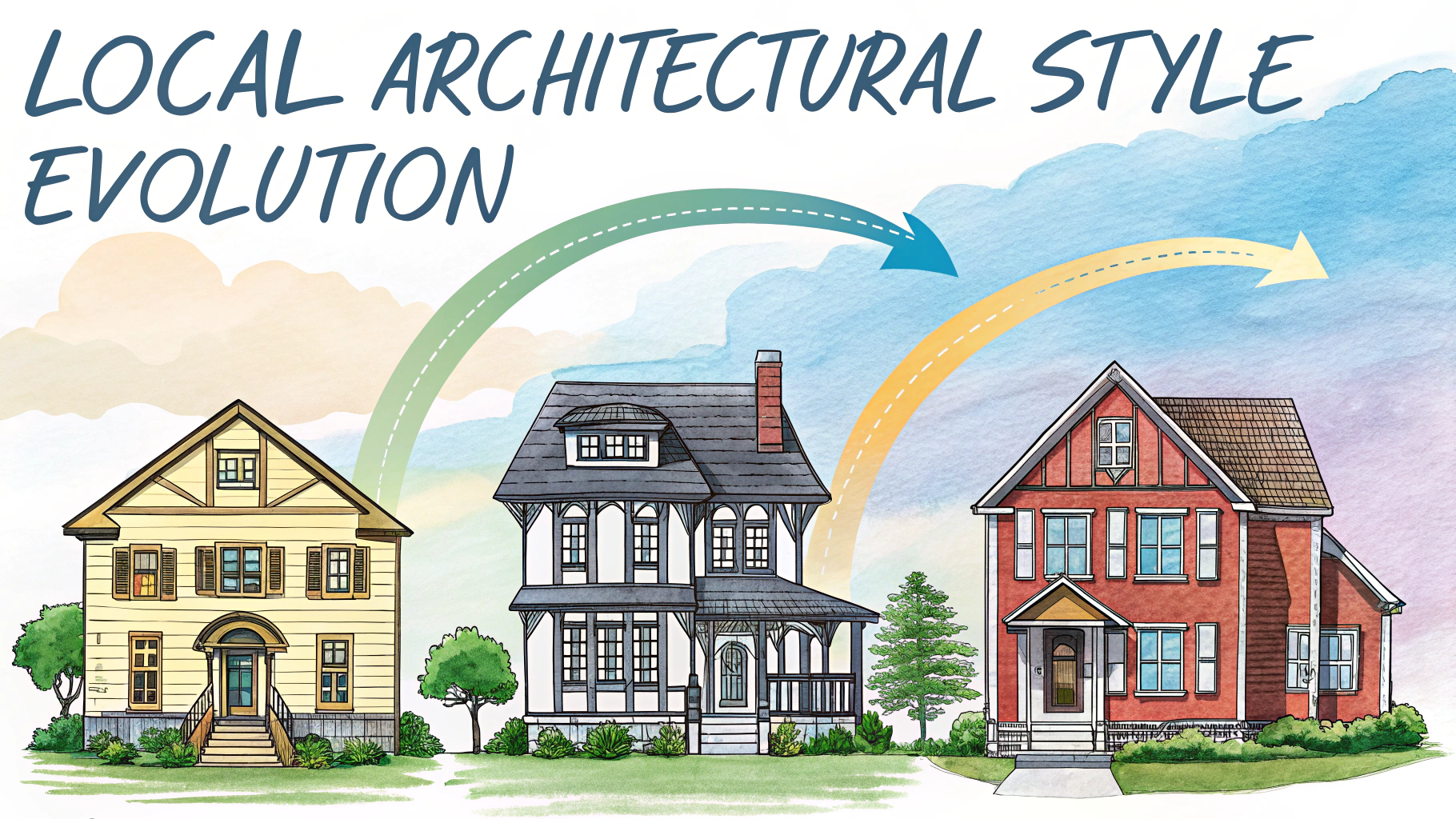Historic fire station routes offer fascinating glimpses into a city’s emergency response history while providing unique architectural insights.
This self-guided walking tour guide highlights the most interesting former and active fire stations across various cities.
Planning Your Fire Station Walking Tour
- Download city-specific fire station maps before starting
- Wear comfortable walking shoes
- Bring a camera for architectural details
- Plan 2-3 hours for most routes
- Check operating hours if you want to visit active stations
Notable Historic Fire Stations Worth Visiting
| Location | Year Built | Current Status |
|---|---|---|
| Engine House No. 1, Boston | 1859 | Museum |
| FDNY Fire Museum, NYC | 1904 | Active Museum |
| Chicago Fire Academy | 1873 | Training Facility |
What to Look For
- Architecture: Victorian and early 20th-century designs
- Watch towers: Historic fire spotting locations
- Horse stalls: Original housing for fire horses
- Brass poles: Quick-descent equipment still visible in many stations
- Original equipment: Historic fire trucks and tools
Photography Tips
- Capture wide shots of entire buildings
- Focus on architectural details
- Document date stones and plaques
- Photograph remaining equipment
Many historic stations welcome visitors during specific hours – call ahead to arrange tours.
Safety and Etiquette
- Respect active station operations
- Stay clear of emergency vehicles
- Ask permission before photographing personnel
- Don’t enter restricted areas
Local historical societies often offer detailed route maps and additional historical information about fire stations in their areas.
Recommended Resources
- National Register of Historic Places Database
- Local Fire Department Archives
- Municipal Historical Societies
- Fire Museum Network (www.firemuseumnetwork.org)
Contact your city’s fire department public affairs office for specific tour information and access permissions.
Tour Route Planning Tips
Most cities offer multiple route options depending on available time and interests. Consider creating custom routes based on specific architectural periods or operational status.
Suggested Route Types
- Victorian Era Stations (1850-1900)
- Art Deco Period (1920-1940)
- Converted Stations Tour
- Active Station Circuit
Historical Significance
Fire stations reflect crucial developments in urban safety and architectural innovation. Each building tells stories of technological advancement and community protection.
Key Historical Elements
- Evolution of firefighting technology
- Changes in urban development
- Community gathering spaces
- Municipal architecture styles
Modern Adaptations
Many historic stations have been repurposed while maintaining their distinctive features. Common modern uses include:
- Restaurants and breweries
- Community centers
- Art galleries
- Private residences
- Commercial spaces
Conclusion
Fire station walking tours provide unique insights into urban development, architectural history, and public safety evolution. Through careful planning and respect for both historic and active facilities, visitors can experience fascinating glimpses of firefighting heritage while exploring city neighborhoods.
Remember to document your visits and share discoveries with local historical societies to help preserve these important architectural landmarks for future generations.
FAQs
1. What is the historical significance of fire station routes in a city’s development?
Fire station routes represent the evolution of urban emergency services, typically dating back to the 19th century when horse-drawn fire engines were first established. These routes were strategically planned to provide optimal coverage and response times for growing cities.
2. How can I identify historic fire stations on a self-guided walking tour?
Historic fire stations are often characterized by their distinctive architectural features, including large arched doorways (originally for horse-drawn engines), watchtowers, and ornate brick or stone facades. Many retain their original “Fire Station No.” markings or emblems.
3. What was the typical layout of a 19th-century fire station?
Victorian-era fire stations typically featured ground-floor engine bays, second-floor living quarters for firefighters, a hayloft for horse feed, and often a tower used for drying hoses and watching for fires in the surrounding area.
4. Why were fire stations historically placed on corner lots?
Corner lots were preferred for fire stations because they provided better visibility and easier access for horse-drawn engines to turn and respond to emergencies in multiple directions quickly.
5. How did the transition from horse-drawn to motorized engines affect fire station design?
The advent of motorized fire engines in the early 1900s led to modifications in fire station architecture, including wider bay doors, elimination of hay storage areas, and eventual removal of horse stables and water troughs.
6. What historical equipment might you see preserved in vintage fire stations?
Preserved stations often display historic fire poles, alarm systems, speaking tubes, original wooden lockers, brass sliding poles, hand-pulled hose carts, and sometimes restored horse-drawn steam engines.
7. How far apart were fire stations typically built in urban areas during the 19th century?
Fire stations were typically positioned 1-2 miles apart, based on the distance horses could quickly travel while pulling heavy equipment, and the effective range of fire hoses at the time.
8. What role did fire station watchtowers play in early firefighting?
Watchtowers served as elevated observation posts where firefighters would scan the city for signs of smoke or fire, using bell systems to alert crews and communicate the location of fires.
9. Why are many historic fire stations now protected landmarks?
Historic fire stations often receive landmark status due to their architectural significance, role in public safety history, and representation of civic architecture from their respective eras.
10. How can visitors distinguish between different periods of fire station architecture?
Early stations (1850-1890) feature horse-era elements, while stations from 1900-1930 show transitional features accommodating both horses and motors. Post-1930 stations display purely motorized-era characteristics with wider doors and simplified designs.








